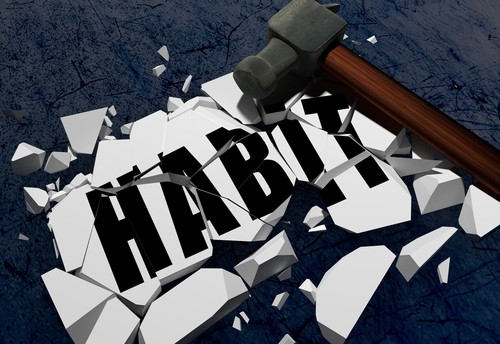
Not making it easy to replicate what you’ve done on each stepĪs I already mentioned, there are many steps in each of the four phases of data analysis. Suggested Strategy: Take the time to organize files and institute a naming convention for files and variables. But even if you’re on your own, be kind to your future self and make everything clear. This is especially helpful if you’re collaborating with someone else. Come up with a naming convention for variables too (and make sure it’s documented somewhere). But throwing dozens of files with generic names into too few (or too many) folders is a recipe for frustration. Your system doesn’t have to be complicated or technical. Oh yes, and the report you’re writing from the results.Īnd there are many steps to any analysis, within each of the four phases of data analysis: design & planning data preparation data analysis and communicating results. Then there are the supporting files, like the data codebook file and the statistical analysis plan.

Data files, program files, output files, log files.
Breaking habits statistics software#
No matter which statistical software you use, every analysis has lots of files. Not using a system for keeping track of files and steps If there are no surprises, you’ll finish early. Suggested Strategy: Plan your data analysis to take months, not days. This is especially true if it turns out you need to use a new statistical software program to implement it. Chances are the new methods you’ll have to employ will be challenging.Įven if you already have good statistical skills, a method that is new to you can take weeks or months to learn and implement. That means it’s easy to underestimate not just the time it will take to run the analysis, but to troubleshoot issues and to learn new methods that you hadn’t realized you needed. The other side of this, of course, is that few statistical analyses are routine or quick.

Because there is so much nuance in every messy data set and analysis, you learn something new with every analysis.

One of the great things about doing data analysis is each one is an opportunity to constantly improve your skills. Not allowing enough time to implement and learn But even if you’re following those steps, you can make this harder on yourself with a few bad habits. I’ve outlined 14 steps to running any data analysis, in four phases.

When you’re new to it, you just don’t have enough experience to realize that what feels like efficiency will actually come back to make things take longer, introduce problems, and lead to more frustration. Read more at resolutionfoundation.It’s easy to develop bad habits in data analysis. Torsten Bell is chief executive of the Resolution Foundation. It’s not the first one that does you in, but getting addicted to them that kills you. And there’s a specific warning for the likes of the US: once you’ve had one in power, populist leaders repeat on you (Argentina and Ecuador have had on-off populist leaders for decades). The researchers find that having a populist leader hits a country’s GDP per capita and living standards by about 10% over 15 years as the economy turns inward, institutions are undermined and risks are taken with macroeconomic policy. They are annoyingly good at politics, but very bad at economics. Worse, once they get into office they tend to stay for twice as long as non-populists. They are defined as those whose central argument is one of the “true people” v “dishonest” elites, and the bad news is their number has been on the rise for three decades. Fascinating/depressing German research tracked 51 populist presidents/prime ministers from 1900-2020 in 60 countries.


 0 kommentar(er)
0 kommentar(er)
